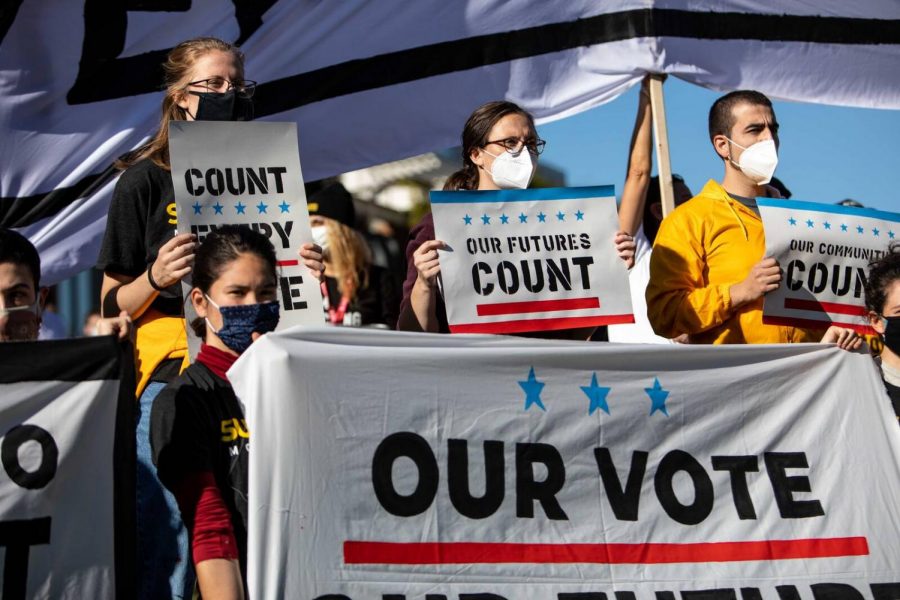Part One: The Fight
September 14, 2021
Current activists can look to past advancements to fuel their hope of lowering the voting age.
Vote16USA advocates for lowering the voting age to 16, as the organization’s name suggests. Founded in 2015, its members are active across the country, with specific campaigns underway in places such as Palo Alto and Washington, D.C. The organization represents a growing movement to lower the voting age to 16, which, while in existence for several years now, especially picked up steam in the wake of the Parkland shooting in 2018.
Teens who take to town council meetings and state house floors to advocate for their right to vote can see their mirror image in a past generation. In the ‘60s, young people lived in a country where the voting age was 21 in most states—and they also lived in a country shaken by war and civil unrest. As 18-year-olds watched their peers get drafted into the war effort and lived in fear themselves of getting shipped off to Vietnam, they wielded a compelling slogan: “Old enough to fight, old enough to vote.” This anger at the age of conscription, concentrated among college students eager to get involved and propelled by the momentum of other movements in the 60s, swept across the nation. In July of 1971, the 26th Amendment was ratified, lowering the voting age to 18 for all states.
But there are a few key differences between the movement of today’s activists and that of the ‘60s: success and longevity. The 18-year-olds of the past spent a decade rallying broad public support for their cause, and when the 26th Amendment swept through Congress and the states, it was ratified overwhelmingly and quickly. Seeing as the movement to grant 16-year-olds the right to vote is relatively young, the country will have to wait and see what happens, but young activists need considerably more public support if they want their movement to succeed.
However, they do have something to capitalize on: a rising wave of youth engagement in politics, especially in light of the hectic 2020 election and COVID-19 pandemic. Voter turnout among 18-29 year-olds is trending upward, having increased 11 percentage points from the 2016 to 2020 presidential election. And young people are motivated and involved in ways outside of the polls. The amount of 18-24 year olds in 2020 who believed their age group could change the country and of young people who said that they’ve advocated during a march or demonstration both has risen 11 percentage points since 2018. As increased political engagement among this motivated generation takes shape at the national level, can and should that enthusiasm be channeled into more official forms of civic engagement?
